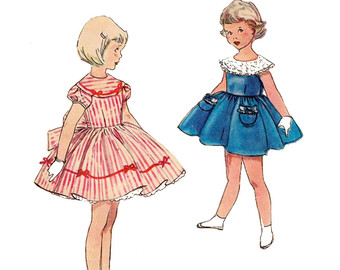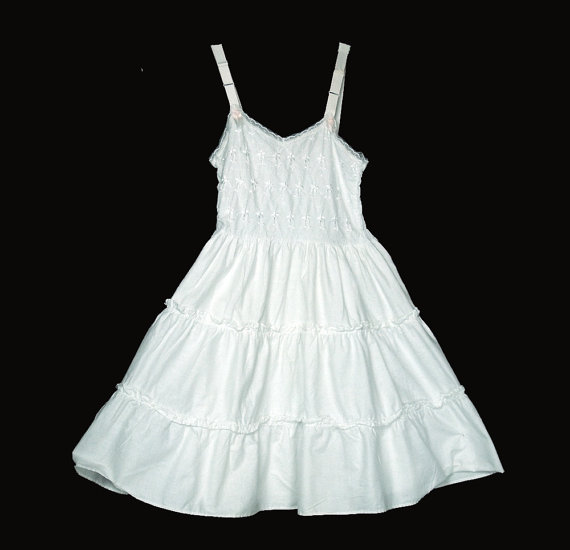
by jphilo | Oct 14, 2020 | Reflections on the Past
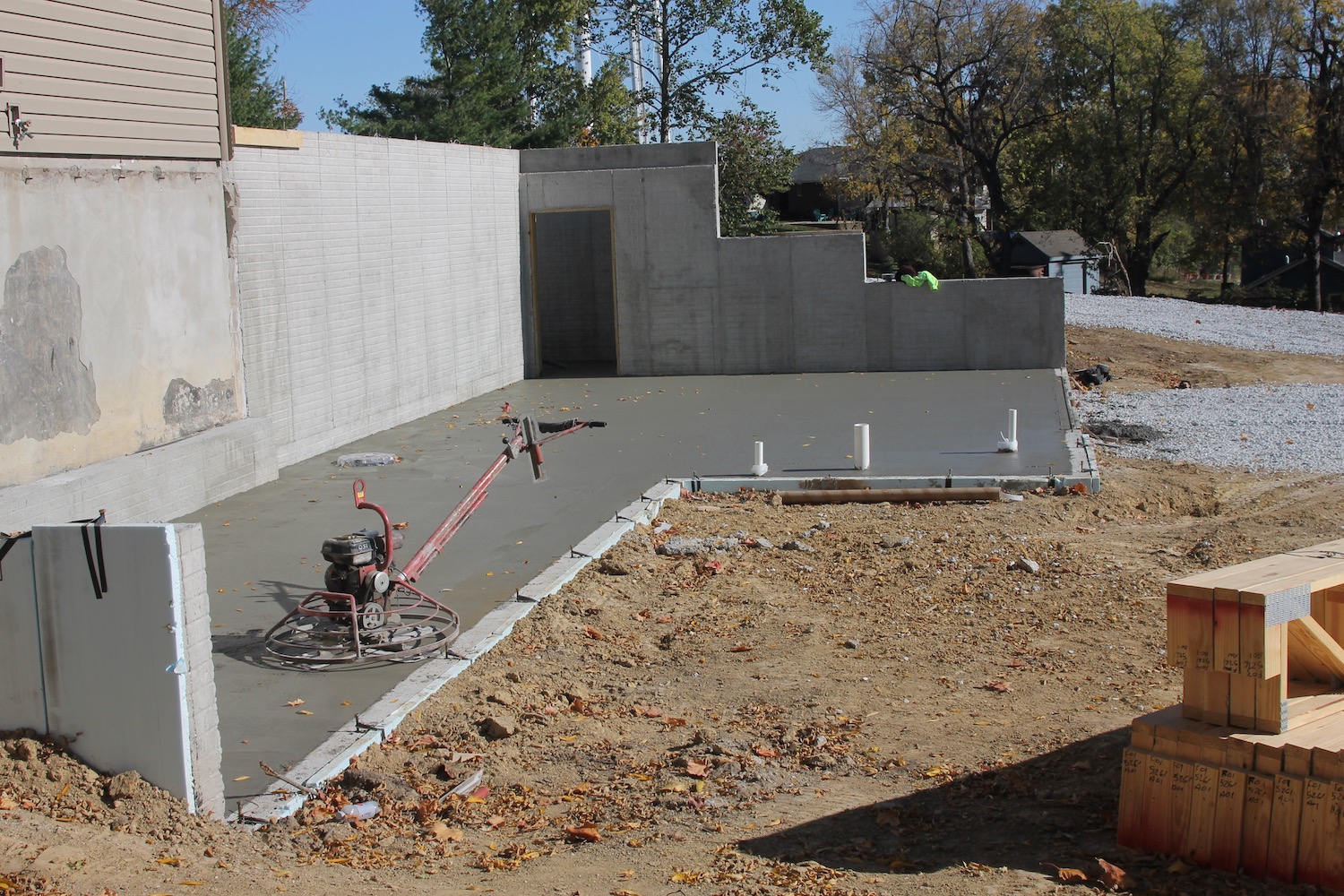
Concrete withdrawal was something I dealt with during our first year in South Dakota. The memory surfaced yesterday while we watched a skilled crew of men pour the floors of the basement bump out and the downstairs and upstairs garages.
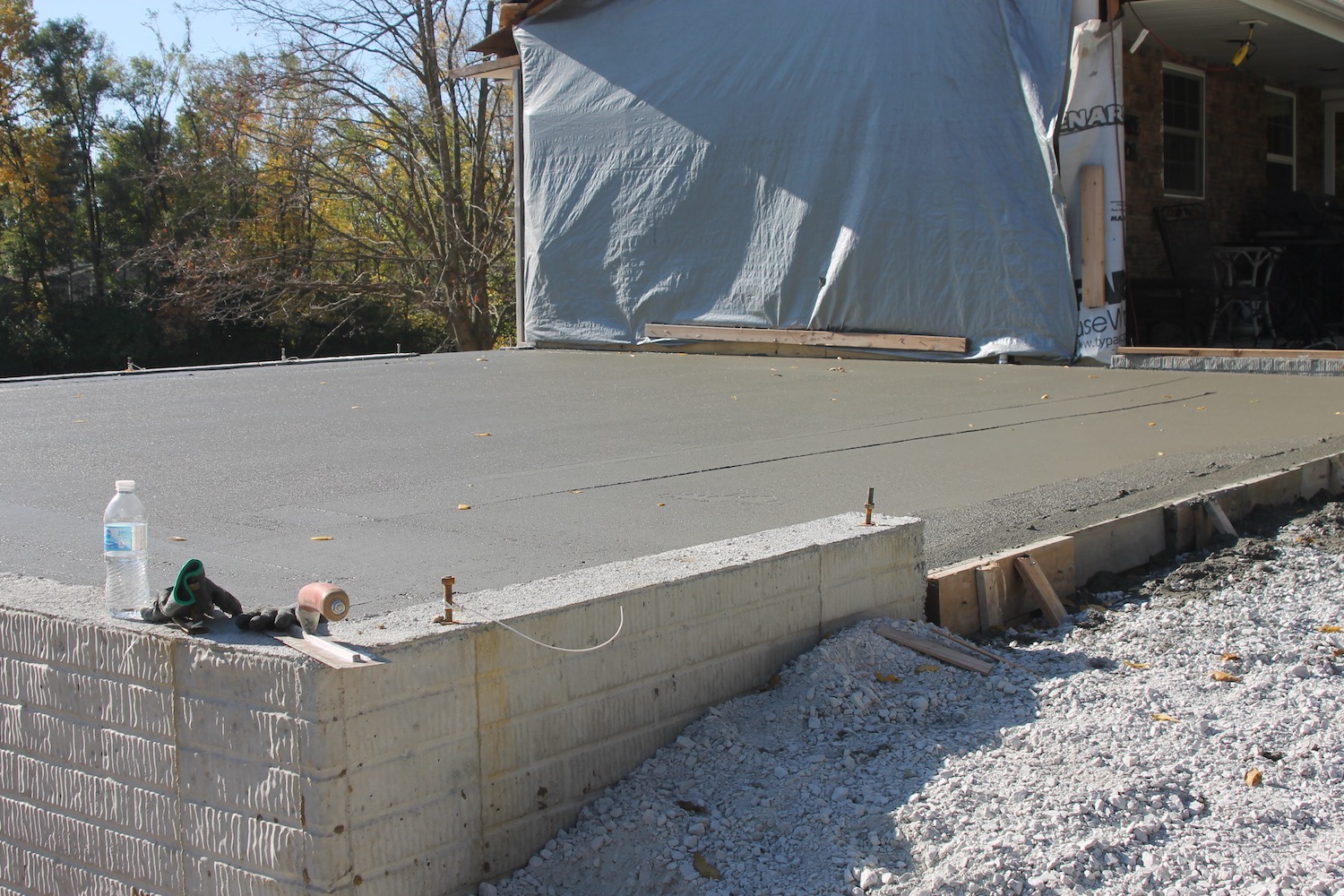
To me it looked like our addition boasted more concrete than all of Camp Crook’s paved outdoor surfaces. The town had no paved roads or paved parking lots. There wasn’t a house in town with an outdoor patio. During a reading lesson that included “curb” as a vocabulary word, my student asked, “What’s a curb?”
I thought a while. “Have you gone shopping with your parents in Belle Fourche?”
“Yes.”
“Well, you know how when you park downtown, you get out of your car and go to where the street and the sidewalk meet?”
She nodded.
“You know the bit where the sidewalk is higher than the street and you step up?”
Another nod.
“That’s the curb.”
Big grin.
To be fair, Camp Crook did have more concrete outside than our addition has. The gas station had some around the pump. The Forest Service complex had a few sidewalks. So did the school and a couple buildings on Main Street. Across from the school was what everyone in town called “the concrete slab.” It was a fenced in area about the size of a basketball court complete with baskets. But that wasn’t enough for a young woman who came from an Iowa town with paved sidewalks, roads, and parking lots everywhere.
In a letter to a high school friend, I said I was going through concrete withdrawal. Now that I’m older and wiser, I know it wasn’t concrete withdrawal. It was culture shock. Jane deals with the same sensation in See Jane Run! and subsequent books in the Tipperary County Mystery series. Until she learns, like I did,
that gravel roads are safer to drive on during the winter–and the winters are long on the tall grass prairie,
that raised wooden decks are better than concrete patios in summer–because it takes longer for mosquitos to hunt you down, and
that gravel roads and walkways lead to houses filled with people who welcome you inside whenever you visit.
Sign up to receive website updates and See Jane Run! book news on Gravel Road’s home page right under the picture of–you guessed it–the gravel road.
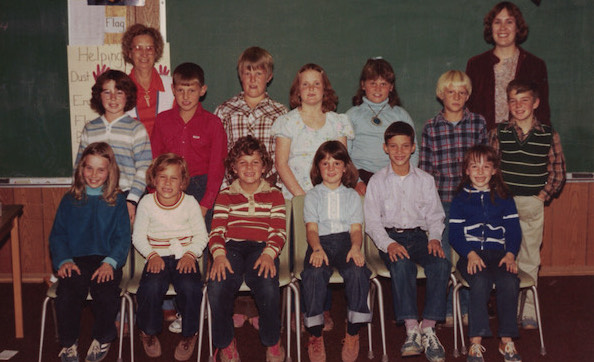
by jphilo | Jun 10, 2020 | Reflections on the Past

I once taught in a little school on the prairie. Those 5 years as a country school teacher are the basis of my first cozy mystery, See Jane Run! If it gets picked up by a publisher, my hope is to turn it into a series. Which is why I’ve spent the last few months plugging away at Hear Jane Sing!, the second mystery in the series.
If there’s been a personal silver lining to shelter in place mandates and the cancelation of all spring and summer speaking engagements because of coronavirus, this must be it.
There is no silver lining to the killing of George Floyd at the hands of the Minneapolis police. But it has led many, like myself, who enjoy white privilege to learn more about what it means to be black in the United States. To that end I recently watched 13th, the documentary about our country’s prison system. Part of the timeline traced the events of the war on drugs.
Part of that war happened while I taught in a little school on the prairie. Our son, who was born with a condition that required frequent surgeries and hospitalizations, was born during those years, too.
That may explain why I was oblivious to the racial injustices being done to black citizens in America. But it’s not an excuse.
When the documentary ended, I almost quit working on my cozy mystery. In light of historic protests and fellow citizens dying because their skin is a different color, the book seemed trite. It is populated by lily white characters, and to be true to the story’s time and place that can’t be changed.
Then again, the heart of each book in the series is the writing of wrongs perpetrated against innocent victims. Victims of injustice.
That sounds familiar. So as soon as this post is finished, I will return to the manuscript and keep writing. I will think of the children in the picture of above who were my students. I will think of Marie, who assisted me and taught me more than I taught my students. I will think of the little school on the prairie and the town’s citizens who reached out to my husband and me in practical and loving ways when our baby was sick and we were vulnerable.
Most of all, I will pray for our nation to do the same thing for its most vulnerable citizens today and always.
*In May, my agent pitched See Jane Run! to 3 publishers. The first to reply complimented the writing, but said the switch from being a non-fiction author to being a fiction author was tricky to negotiate and passed on the project. The second editor said cozy mysteries are hard to sell to their readership. The third hasn’t yet replied. While my agent waits for a reply from that publisher, he’s preparing to pitch it to 4 more. He’s a great agent!

by jphilo | Feb 4, 2020 | Reflections on the Past

Ugly sweater cookie contests and EA/TEF memories. What could they possible have in common? The answer is plenty, thanks to a recent Facebook post by a dear friend named Barb. She posted a picture about the ugly sweater cookie contest she hosted during her family’s 2019 Christmas gathering and asked Facebook friends to vote for the ugliest.*
Of course, I thought, Barb held an ugly sweater cookie contest at Christmas. That sounds just like her.
We met Barb and her young family way back when, when we lived in a remote town of 92 people in the northwest corner of South Dakota. Her 2 oldest daughters were in my country school classroom, and Barb created beautiful birthday cakes for them each year. Word got out, and since our town was at least 60 miles from the nearest bakery, she was soon creating cakes for all sorts of occasions.
She even created a cake for our EA/TEF baby’s first birthday in 1983. The cake featured a baby-with-a-feeding-tube-and-a-string-coming-out-of-his-mouth. Those who are used to 2020 EA/TEF technology may not be familiar with the 1982 version. Our baby’s feeding tube was a honking, huge Foley balloon catheter. The string went into his mouth, down his esophagus (placed there during a very dicey surgery), into his stomach, and out the feeding tube hole. The two ends were tied in a knot that was untied so dilation tubes could be attached to it when his repair scar needed to be stretched. Our baby endured this process, without anesthesia, about 2 dozen times. Thankfully, modern day dilations are less frequent, more effective, and much more humane.
Back to the cake.
My husband and I tucked the cake in the back seat of our car and strapped our baby into his car seat. Then we drove 120 miles to Rapid City Regional Hospital to celebrate our boy’s birthday in the GI lab with his GI doctor and his nurse.
The long trip was not kind to the cake, which looked like it had been in an earthquake by the time we arrived. Even so, our fellow party goers oohed and aahed over it. “Who made that? How did she do it?” they wanted to know.
Barb was amazing then, and she still is.
For me, posts about ugly sweater cookie contests and EA/TEF memories go hand in hand. Both of them show that things we’d rather not have in our lives (ugly sweaters and EA/TEF) can be redeemed in relationships and celebration.
Families decorating ugly sweater cookies at Christmas and asking Facebook friends far and wide to vote.
A friend turning the hard bits of an EA/TEF baby’s first year into cake decoration.
A doctor and nurse taking time from their day to eat cake with the young parents of a baby whose life they saved.
A cozy mystery book series (if, God willing, a publisher offers a contract) to celebrate the long ago place and time where our EA/TEF baby was born.
Thanks to my friend Barb, ugly sweater cookie contests and EA/TEF memories will always belong together. If you have an EA/TEF baby, and even if you don’t, hope you have a friend like Barb in your life, too.
*I forgot to vote, but the cookie I deemed ugliest won, which can only mean that my thoughts are able to influence elections.
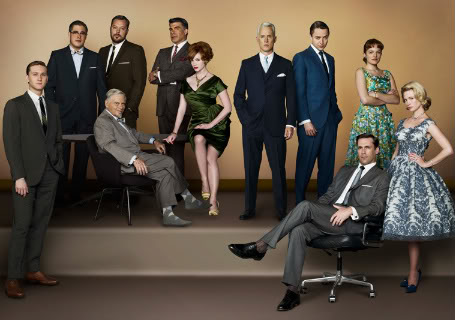
by jphilo | May 20, 2016 | Reflections on the Past
 Tomorrow afternoon, many of the people I love will be dancing together at a family wedding. Thinking about what to wear for the celebration made me think of the petticoats we used to wear to weddings in the 1960s. Which is why this Fantastic Friday I’m engaging in one of the bouts of the petticoat envy that have plagued me since watching the first episode of Mad Men in 2013.
Tomorrow afternoon, many of the people I love will be dancing together at a family wedding. Thinking about what to wear for the celebration made me think of the petticoats we used to wear to weddings in the 1960s. Which is why this Fantastic Friday I’m engaging in one of the bouts of the petticoat envy that have plagued me since watching the first episode of Mad Men in 2013.
Mad Men.
The show’s been hot for several years, but I didn’t start watching it until lately. It didn’t take long to get hooked, since the show’s first season is at about the time my first childhood memories kick in. We were a from a family of teetotalers, so I can’t speak for the drinking. But the hair styles, the furniture, the technology, and the unrestrained smoking are truly a blast from the past.
So are the petticoats.
And that is something I can speak about having been a bit of a petticoat connoisseur way back then. Though that may not be strong enough word to describe my preoccupation with petticoats. My heart’s desire was to have a petticoat poofy enough to make my dresses stick out like the dresses on the front of the patterns Mom bought at the dry good store.
But, to get that kind of poof required several petticoats. My sister and I each had one petticoat like the one pictured below. Rows and rows of gathered netting were stitched to the cotton outer petticoat. But to get quality poof, a second half-petticoat of almost pure netting could be slipped (hence the name slip) under the full petticoat.
Our family, like many others, couldn’t afford two petticoats per daughter. So our full skirts, along with those of most of the girls we knew, had more droop than poof. And that returns the conversation to the subject at hand. When those Mad Med actresses wear shirtwaist dresses with wide skirts, their clothes exhibit maximum poof. We’re talking not just two petticoats. But three. Maybe even four. And I covet every one of them.
Because I have petticoat envy.
And I’m not ashamed to admit it. In fact, if the show was casting extras for a crowd scene, I would audition in a heart beat. And I wouldn’t care if it was a non-speaking part. I wouldn’t care if they edited me out of any shot I was in. I wouldn’t care if the pay was lousy. Or nonexistent. As long as I walked away with a picture of me wearing a dress with enough petticoats to achieve maximum poof, I would be happy.
And resolved never to wear an under-petticoat again.
Because, if memory serves me right, those gathered layers of netting were extremely scratchy. So scratchy they went out of fashion and never made a come back. Except as an outside layer of foo-foo, a style which is way cute on a 6-year-old, but not nearly so cute on a 56-year-old.
Then again, it wouldn’t hurt to try one on…
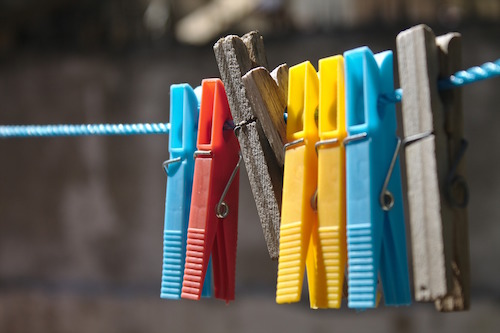
by jphilo | Jan 6, 2016 | Recipes, Reflections on the Past
 Today’s recipe comes compliments of my sister. She passed it along a year or so ago and reading it reminds me of how easy life is today compared to the lives of our grandparents and their grandparents. I haven’t tested this recipe, and don’t plan to. But if you take a crack of it, come back after you’ve had a few days to recover and leave a note about how it worked for you.
Today’s recipe comes compliments of my sister. She passed it along a year or so ago and reading it reminds me of how easy life is today compared to the lives of our grandparents and their grandparents. I haven’t tested this recipe, and don’t plan to. But if you take a crack of it, come back after you’ve had a few days to recover and leave a note about how it worked for you.
Grandma’s Washing Receipt
- bild a fire in the back yoard to heet kettle of rain water.
- set tubs so smoke won’t blo in eyes if wind is pert.
- shave one hole cake soap in bilin water.
- sort things, make three piles: 1 pile white, 1 pile collord, 1 pile work britches and rags.
- stur flour in cold water to sooth then thin down with bilin water.
- rub dirty spots on board, scrub hard. Then bile. Rub cullord but don’t bile—just rench and starch.
- take white things out of kettle with broom stick handle then rench, blew and starch.
- spred tee towels on grass.
- hang old rags on fence.
- pore rench water in flower bed.
- scrub portch with hot soapy water.
- turn tubs upside down.
- go put on cleen dress—smooth hair with side combs—brew cup of tee—set and rest and rock a spell and count blessins.
This is an authentic washday ‘receipt” in its original spelling as it was written out for a bride in 1900. Donna Barlass, Church Cookbook, Lenark Illinois
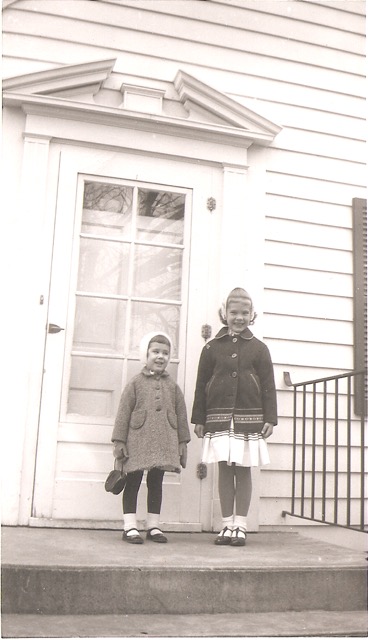
by jphilo | Nov 23, 2015 | Reflections on the Past
 A week ago today I visited the home where my family lived from 1961 through 1965. The molding above the front door where my sister and I posed in our Christmas best was still there, more lovely than I remembered.
A week ago today I visited the home where my family lived from 1961 through 1965. The molding above the front door where my sister and I posed in our Christmas best was still there, more lovely than I remembered.
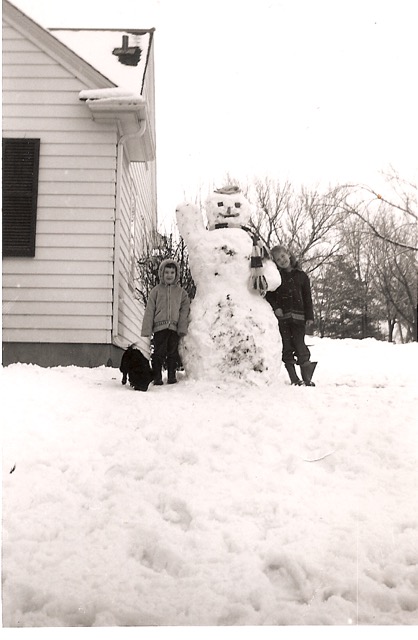 The corner where a Westmar college student snapped a photo of us in front of the best snowman ever is framed in bushes, but the memory of that day remains.
The corner where a Westmar college student snapped a photo of us in front of the best snowman ever is framed in bushes, but the memory of that day remains.
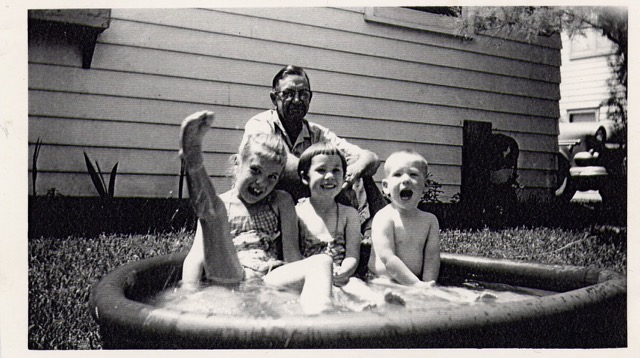 The side yard where Grandpa supervised my sister, brother and me while we swam in our inflatable pool…
The side yard where Grandpa supervised my sister, brother and me while we swam in our inflatable pool…
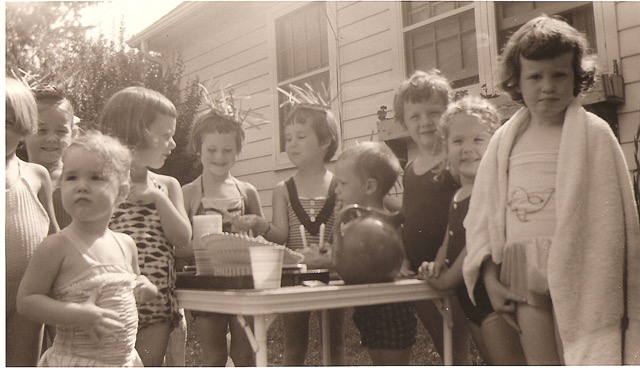 …the same yard where my one and only birthday party was held, looked smaller than I remembered.
…the same yard where my one and only birthday party was held, looked smaller than I remembered.
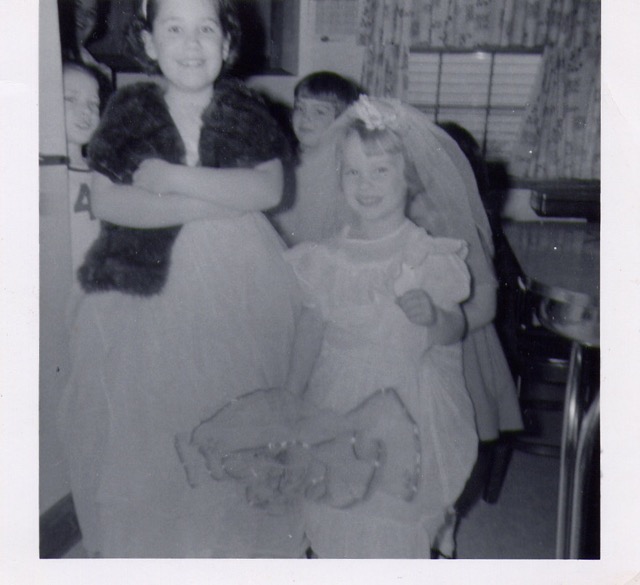 The house looked smaller too, much smaller, when we went inside. When my cousins and I were very young, we never noticed how completely we filled the space between the door to the upstairs and the kitchen table. Now in our fifties, my cousin and I both commented on how small that space was. I marveled that Dad had been able to right angle his wheelchair around two corners to get to the bathroom from either the living room or his bedroom.
The house looked smaller too, much smaller, when we went inside. When my cousins and I were very young, we never noticed how completely we filled the space between the door to the upstairs and the kitchen table. Now in our fifties, my cousin and I both commented on how small that space was. I marveled that Dad had been able to right angle his wheelchair around two corners to get to the bathroom from either the living room or his bedroom.
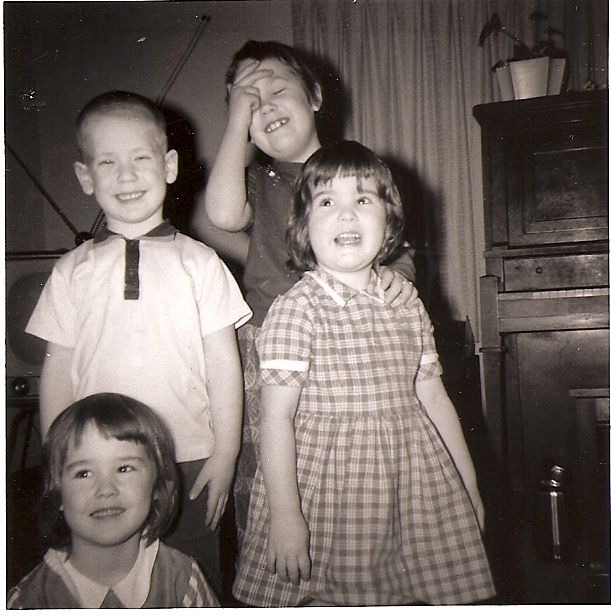 Scanning the living room, I wondered how we crammed the upright piano, the TV with rabbit ears, the fold out couch, grandma’s walnut desk, and an upholstered chair with a large footstool, and found room for company.
Scanning the living room, I wondered how we crammed the upright piano, the TV with rabbit ears, the fold out couch, grandma’s walnut desk, and an upholstered chair with a large footstool, and found room for company.
 I thanked the present owner for welcoming into her home and allowing me to take pictures to show Mom and my siblings. Leaving with my cousin, I realized that our family of five–and Grandpa Stratton for a few months–filled the house to overflowing and then some.
I thanked the present owner for welcoming into her home and allowing me to take pictures to show Mom and my siblings. Leaving with my cousin, I realized that our family of five–and Grandpa Stratton for a few months–filled the house to overflowing and then some.
Ever since, my thoughts have overflowed with memories of the years on the street where I once lived.
- Dad sailing down the hill by our house in his wheel chair with one of us in his lap.
- Doing dishes with my little brother in the kitchen…until Uncle Jim came in and said, “John, that’s women’s work,” and Little Brother went on strike.
- Learning how to make snickerdoodles with Mom.
- Her pride in the new Singer sewing machine in the dining room corner.
Small memories of a small child over a handful of years. Indescribably precious. Forever held dear. They live inside me and warm my heart.






